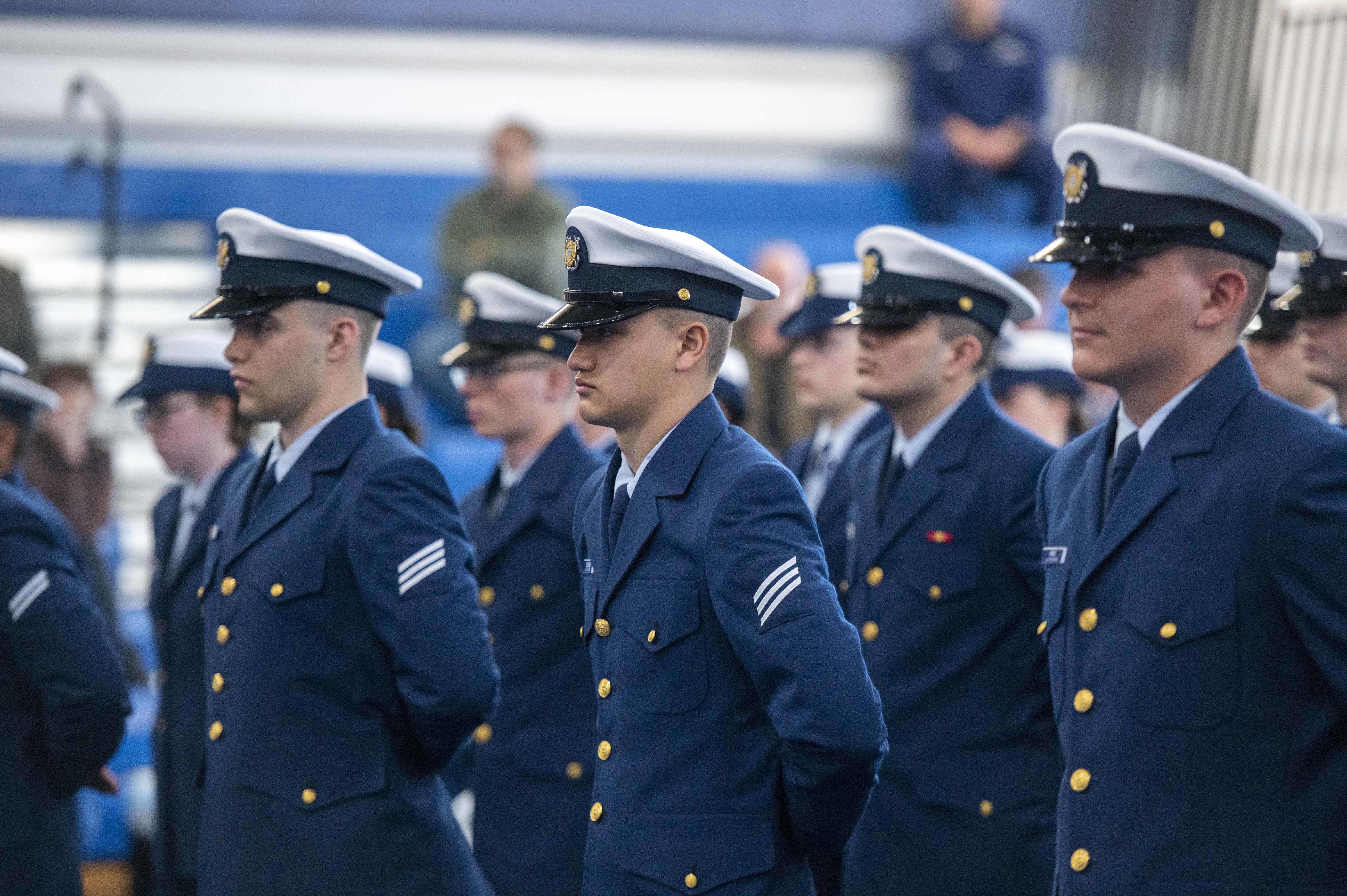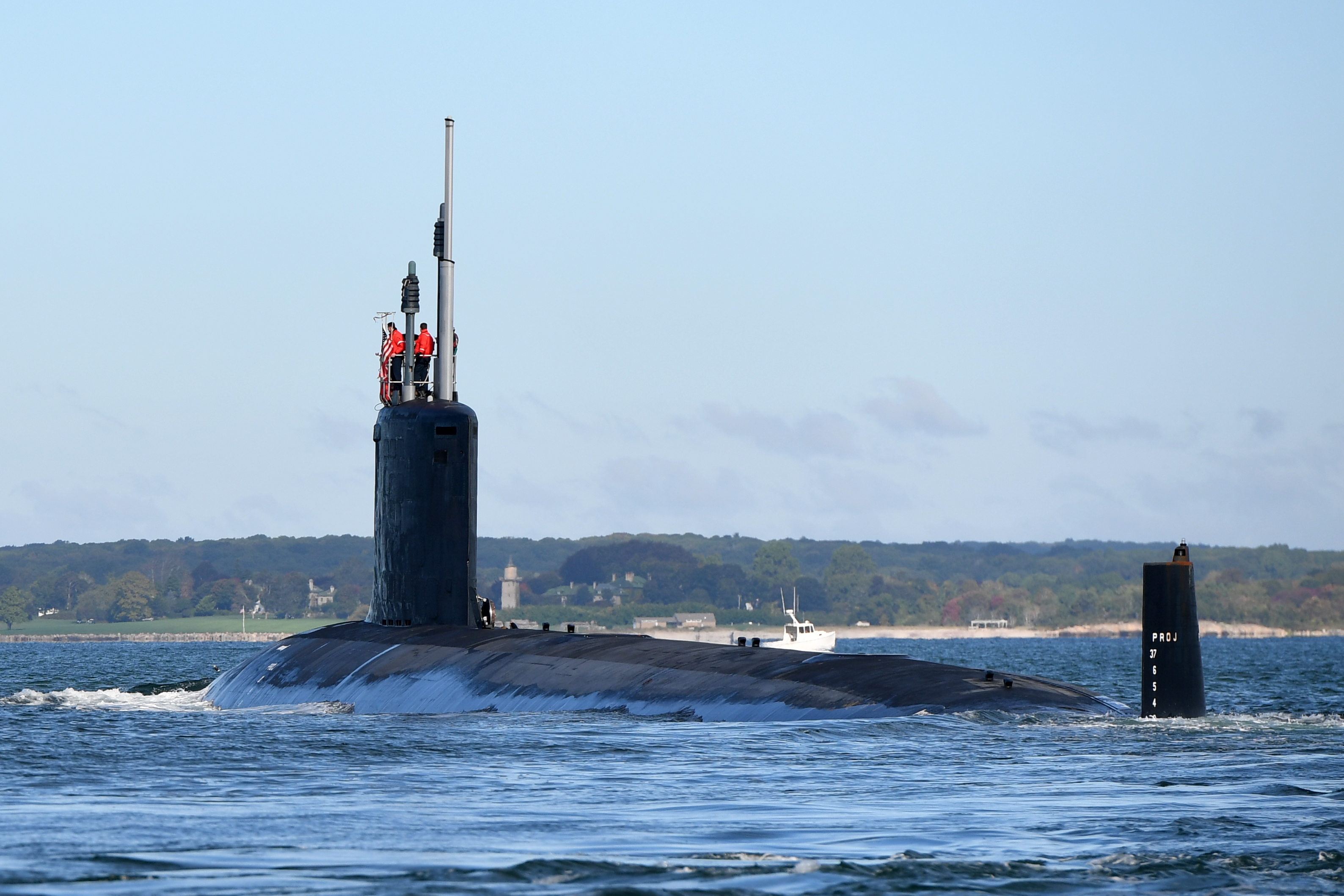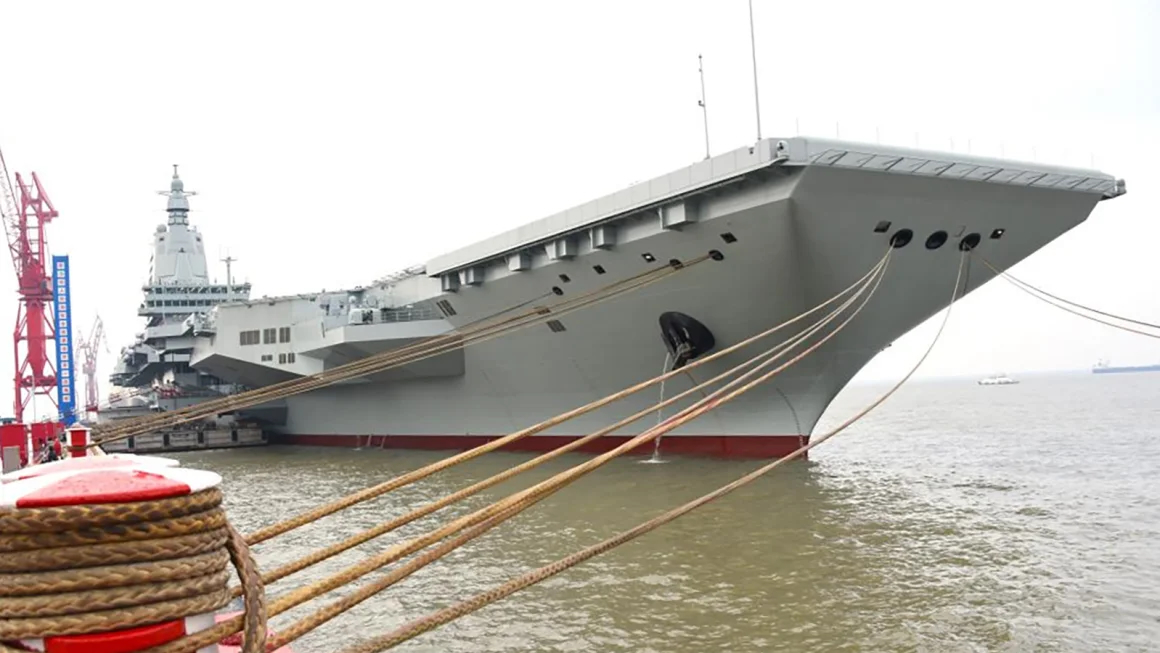
The Coast Guard is dealing with a shortfall of about 3,500 junior, non-rated members, the top leader of the service said Tuesday.
Due to the shortfall, the Coast Guard is starting to identify billets it cannot fill as it goes into its assignment season, commandant Adm. Linda Fagan told an audience at the Center for Strategic and International Studies. CSIS hosted Fagan as part of its Maritime Security Dialogue with the U.S. Naval Institute.
The Coast Guard now has to look at how it mans the fleet and meets its missions with the workforce it has, not the workforce it wants, Fagan said. One example of a potential change the service might make is the approach to the ice-capable harbor tugs that are in Boston and the Great Lakes area. They are about 65 feet long, making them a cutter by Coast Guard standards, meaning they have people assigned to the ship.
Ships under 64 feet 11 inches are considered boats. For boats, Coast Guard members are assigned to stations with ready crews that will man the boat on a rotational basis.
The service might start treating the tug boats like boats with rotational crews instead of coasties assigned to each one, Fagan said.
When it comes to recruiting, the Coast Guard needs to meet potential recruits where they are, Fagan said. Like the other military branches, the Coast Guard is competing over a decreasing population. The military is not the only one interested in the population either, she said, adding that companies are also looking to hire from the same group of young people.
The Coast Guard is turning to places like Twitch, an online video game site where people stream videos of them playing, to attract people to serve. Marketing money will go toward advertising on Twitch rather than Super Bowl or NASCAR ads, Fagan said. The service also hired more recruiters and opened new recruiting offices.
The COVID-19 pandemic had a negative effect on recruiting, but that is starting to rebound, Fagan said. In the past couple of weeks, the buses heading to Cape May, N.J., where training takes place, have been full. That has not been the case for the two years prior, she said.
People are crucial to the Coast Guard, Fagan said. Without them, the service cannot operate the number of cutters it has and is building.
The Coast Guard just took delivery of the 10th National Security Cutter, Fagan said. The service expects one
Argus, the first offshore patrol cutter, will be launched next week, she said, adding that the other three OPCs are in various construction phases.
“The design of the ship is incredible,” Fagan said. “We’re really looking forward to seeing what those ships can do, but it has been it’s been a long, long journey with a lot of effort in getting us to where we’re going to be next week, and I’m excited about that.”
Being able to man those new ships, as well as the ones already in the fleet, means taking care of the workforce, she said. The Coast Guard is introducing access Elon Musk’s Starlink to allow service members to stay in touch with family members while deployed.
“If we don’t address the people aspect of the organization, it does become existential, and all that I’m talking about such great new cutters, boats, assets, using technology to enforce illegal fishing that doesn’t happen if you don’t have the human being intellectual capital,” Fagan said.





